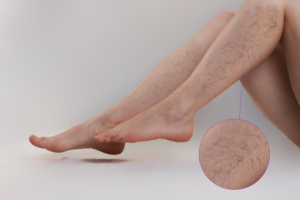 People often incorrectly use the terms “spider veins” and “varicose veins” interchangeably, and it’s important to understand that these are two very different conditions.
People often incorrectly use the terms “spider veins” and “varicose veins” interchangeably, and it’s important to understand that these are two very different conditions.
While one is a simple cosmetic problem, that while causing embarrassment and discomfort poses no real medical threat, the other can not only be very painful but also present physical signs of some very serious underlying conditions. Understanding the difference between these venous disorders can make all the difference in what kind of treatment a patient seeks, and whether they find it necessary to seek treatment at all.
What are Varicose Veins?
Varicose veins occur when the one-way valves within veins weaken, and a portion of the blood that is meant to be pumped back to the heart instead leaks back into the vein and collects, causing the veins to enlarge and bulge past the surface of the skin. Varicose veins can appear red, blue, or flesh-colored, are twisted or ropey in appearance, and can be found throughout the body, though most commonly in the legs where the force of gravity is greatest. Varicose veins are a condition in themselves that can be quite painful and uncomfortable, often causing aching, swelling, itching, burning, or feelings of heaviness in the legs. If ignored, varicose veins can result in skin ulcers that sometimes bleed and are very hard to heal. In the most extreme cases, varicose veins can lead to a condition called Deep Vein Thrombosis (DVT), which is present when a blood clot forms in a deeper vein. If one of these blood clots breaks off and travels to the lungs, the results can potentially be fatal.
What are Spider Veins?
Spider veins are caused by a back up of blood in the veins and appear very close to the surface of the skin in sunburst or spider web patterns, hence their name. Spider veins are typically quite small, but can appear in a variety of locations on the body, most commonly on the legs but also on the arms and even on the face. These red or blue veins can be brought about by hormone changes, injury, or sun exposure, and treatments are available to remove them if the patient so desires. Fortunately, while spider veins can be unsightly and uncomfortable, they are typically not causing alarm and only present a cosmetic problem for the patient.
If a condition or ailment appearing on your body concerns you, it is always wise to seek the advice of a medical professional.
While most spider veins are harmless and not all varicose veins lead to more serious conditions, only a medical professional can decide whether your personal condition calls for further action. Treatments for both spider veins and varicose veins are readily available, and because varicose veins are considered a health condition, their treatment or removal is covered by most insurance policies, making their treatment affordable as well.
If you are in any way concerned about the health of your veins, please visit the Vein Center at Tampa Cardiovascular Associates to speak with a certified vein specialist. www.tampacardio.com (813) 975-2800.
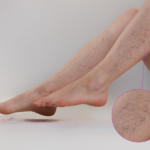
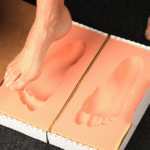
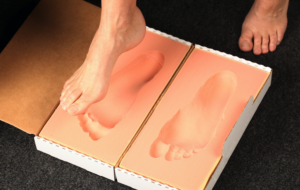 If you live in pain with venous insufficiency issues such as varicose veins you are likely willing to try just about anything to get relief.
If you live in pain with venous insufficiency issues such as varicose veins you are likely willing to try just about anything to get relief.
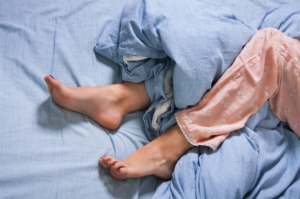 It’s late. You are exhausted. You want nothing more than a good nights rest.
It’s late. You are exhausted. You want nothing more than a good nights rest.